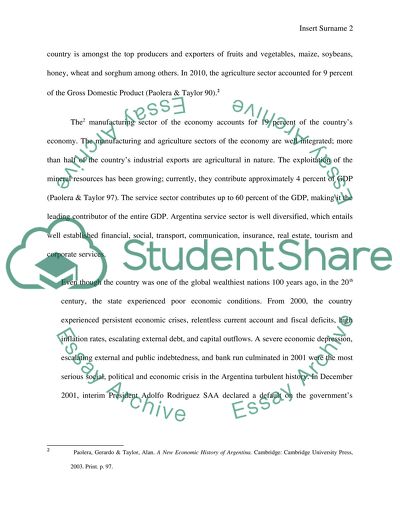Cite this document
(“Argentina Economy - Analysis Project Research Paper”, n.d.)
Retrieved from https://studentshare.org/macro-microeconomics/1398773-argentina-economy-analysis-project
Retrieved from https://studentshare.org/macro-microeconomics/1398773-argentina-economy-analysis-project
(Argentina Economy - Analysis Project Research Paper)
https://studentshare.org/macro-microeconomics/1398773-argentina-economy-analysis-project.
https://studentshare.org/macro-microeconomics/1398773-argentina-economy-analysis-project.
“Argentina Economy - Analysis Project Research Paper”, n.d. https://studentshare.org/macro-microeconomics/1398773-argentina-economy-analysis-project.


